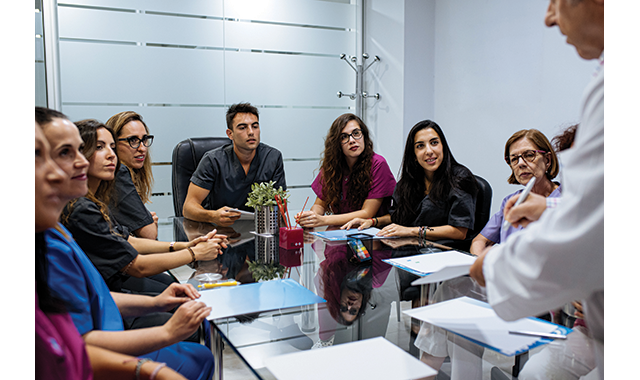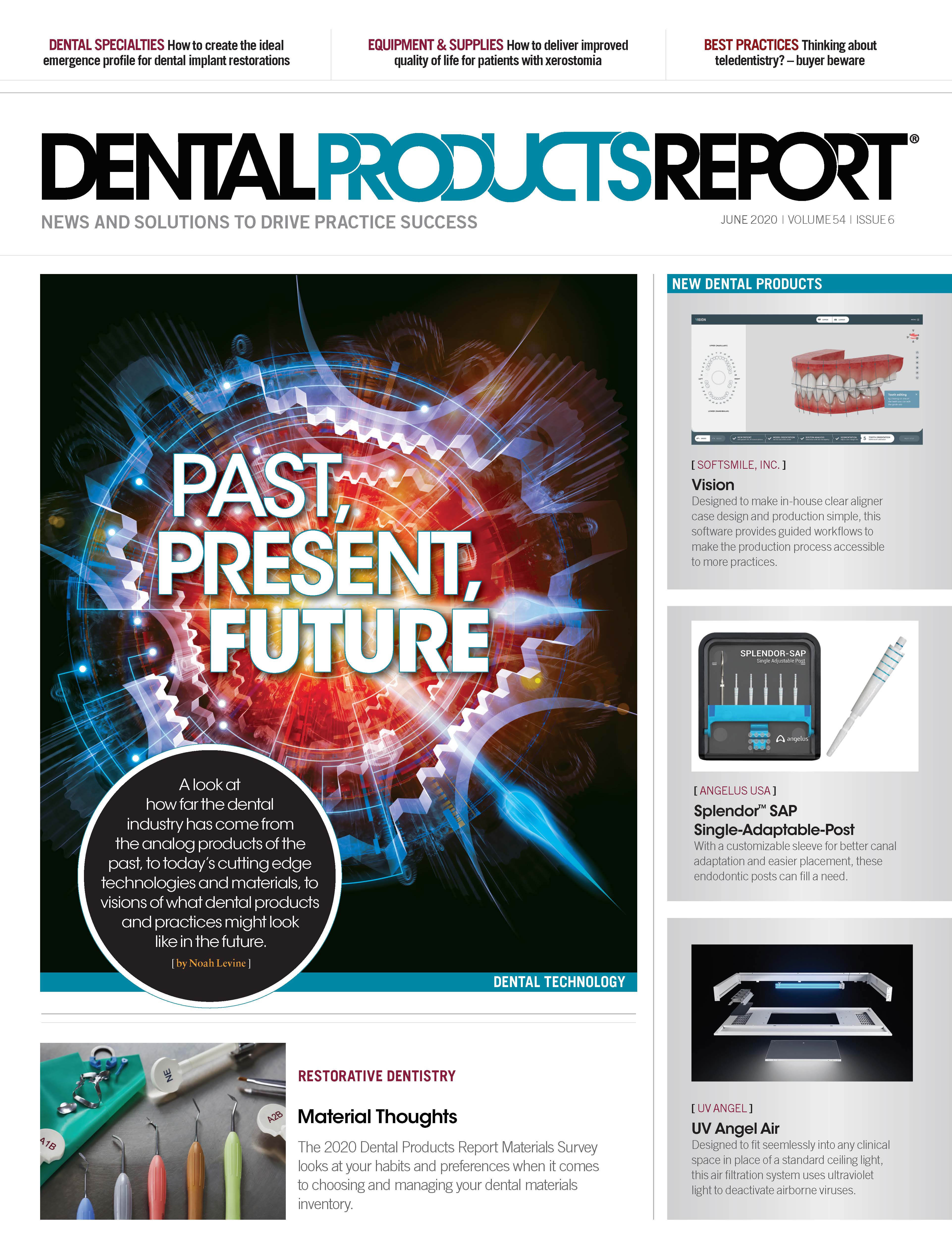Rebuilding the dental team
Bringing back team members and ensuring their safety are just a few of the obstacles practices face.

Since March, the practice day-to-day has been anything but typical. But with stay-at-home orders having been lifted for some, dental practices will be seeing patients for non-emergencies once again. Among the many challenges practices will face as they reopen will be rebuilding the dental team. The team needs to be rebuilt and get back to business. How will the team rebound while dental care is anything but typical?
It’s not an easy question to answer. Dentists and hygienists are concerned about their jobs and want to get back to work, according to Lynne Slim, RDH, MS, a Georgia-based dental hygiene writer and speaker. The Occupational Safety and Health Administration (OSHA), which was founded to protect employees at the workplace, says hygienists are not essential workers. However, dental practices see hygienists as crucial to a successful reopening.
“Right now, I think that it’s an impossible choice for the RDH because OSHA says no to routine care, but the country needs our services,” Slim says. “I also think it’s unconscionable to ask the RDH to go to work, business as usual, knowing that we’re putting ourselves and our families at risk.”
Joe Fogg, CEO of onDiem, a national, on-demand dental staffing firm, and his team have been talking to dental offices and dental professionals about how the shut-down has impacted them. Not surprisingly, the disruption has been significant. Making plans to move forward is challenging as rules and guidelines change daily.
Regarding staffing specifically, there are a range of issues, Fogg says. Some staff are afraid to return due to the risk of contracting COVID-19 in a dental practice, while others are ready and willing to go back. Still other team members wish to return to work but do not have access to regular childcare, as many daycare centers throughout the country are still closed. Plus, if any team member is exposed to COVID-19, they must self-quarantine for at least two weeks.
“It’s been so significant,” Fogg says. “From the loss of income, to making plans to go ahead that change on a daily basis, to the loss of benefits due to the dental professional or their partner losing their job, all of these are different challenges.”
onDiem believes health benefits shouldn’t be a luxury, Fogg says. The company provides access to medical, dental, and vision insurance through a comprehensive nationwide network for all dental professionals working through the platform.
“We offer our dental professionals medical benefits so the practice doesn’t have to worry about whether their favorite temp is covered,” Fogg says.
The lack of life insurance or health benefits is a problem for many RDHs, Slim agrees. However, hygienists have a high risk of exposure due to the nature of what they do for patient care, and these risks are more than health related. FAIR Health, an independent non-profit health insurance data collection agency, published a brief on March 25, which estimated that the average charges for patients treated for COVID-19 range from $42,486 for a patient with no complications or comorbidity to $74,310 for patients with major complications or comorbidity.1
“This is not an easy time for a dentist, employer, for a hygienist, or any of us in dentistry,” Slim says. “But I do think dentists have a moral responsibility to protect workers and create financial security for their workers and their workers’ families.”
How to Rebuild the Team
There have been two extremes regarding the management of the team for dental practices during the COVID-19 pandemic stay-at-home orders, according to Tina Clarke, RDH, and instructor at Lane Community College. Some offices are having weekly meetings to stay in touch and talk about what life looks like, which she sees as a healthy team approach. Others are not, and in some extreme situations, there is zero communication. In one case, an office manager said they would be starting patients on a specific date with no conversation with the team about availability, new protocols, and the team’s comfort level, Clarke says.
“That is a big red flag of team building and having a cohesive team,” she says.
Clarke recommends that before reopening, practices should start an open conversation about staff concerns. Discussing ways to incorporate everyone’s comfort level is crucial, she says.
"That way, when the doors open and you’re bringing in patients, it’s not this scramble of, ‘Oh, wait, who’s doing what? Am I doing this? I’m not comfortable with that. How is this happening?’” Clarke says.
The whole practice will feel the repercussions of the post-pandemic new normal, Clarke adds. The front office staff will have different ways that the practice will greet and intake patients, such as staggered entrances and exits. This could also mean different scheduling days for different types of dentistry (i.e., two days per week are for operative dentistry, and two days are for hygiene appointments), Clarke says.
Another significant shift will be in the area of PPE due to new infection control protocols that require changing outerwear between patients. Practices will need to decide if they are moving to disposables or reusables, and the related ordering, storage, disposal, or laundry means to do that, Clarke says. These shifts will take some planning before they become the new normal
“These changes may not always be the case, but it could be for the interim starting back up and until there’s a vaccine,” Clarke says.
Continue reading on the next page...
However, Clarke believes the most significant shift in care will be on the hygiene side. There has been a push for practices to implement high volume evacuation (HVE) during hygiene appointments. However, the addition of HVE to appointments where the hygienist is using a scaling system, polishing, or even air-water could create poor ergonomics and additional strain on the hygienist’s body, she adds.
“So, now you are going to have to be looking at staffing reallocation,” Clarke says. “Is it going to be a dental assistant that is dedicated to hygiene to assist with the HVE?”
Practices with proper team rebuilding are those that are having an end-of-day check-in, allowing the team to recap the day and identify areas of concern, Clarke notes. This plan would be a way to find holes in the net that need to be addressed. The practice’s OSHA officer will be key, too.
“It boils down to having very open and honest communication,” Clarke says. “And then everybody feels very safe to share that communication. That puts a lot on the leader in the office, whether it’s the dentist or the office manager.”
What to Watch
The hygienist community should be relying on evidence-based science, Slim says. There are a lot of suggestions being circulated, some of which have no evidence to support them, she adds. For example, some dental practices are combining regular mouthwash with hydrogen peroxide as a pre-rinse, but there is no guidelines that back up this protocol, she notes.
“Right now, in the midst of the COVID crisis, there are too many unknowns about safety issues, so we need to follow guidance from OSHA when returning to work,” Slim says.
To avoid contamination, hygienists should be putting on and taking off PPE using the buddy system in a room separate from the patient, Slim suggests. As the pandemic continues, dental practices will have to balance the need to provide dental care while minimizing risk to patients and RDHs, she adds.
“Some of the hygienists are in the dark. When somebody tells them to do something, they sometimes accept it hook, line, and sinker because they don’t know any better or they are afraid of losing their jobs,” Slim says. “They should learn how to use the best resources and evidence, and pretty much all we have to follow right now are the OSHA and CDC guidelines. That’s what I would do and what I will continue to do as I go back into the operatory.”
Slim also suggests that the dental community return to asepsis as taught in dental school. Over the years, dental professionals have tended to relax these standards, so Slim supports a back-to-basics approach. She also recommends the work by Noel Kelsch, RDHAP, and her infection control training, articles, and courses.
“Review infection control and make sure that there are no breaks in the chain, so to speak,” she says.
Clarke has found that some hygienists have been asked to take a pay cut in anticipation of fewer patients coming in for appointments. This will only increase the challenges for rebuilding the team, especially as hygienists are hearing their position is high-risk during the pandemic.
Leaders should validate their team’s fear, but she cautions against making decisions based on these emotions because it may not be the best decision in the long run.
“When the team is talking it through, emotions can run high,” Clarke says. “When that happens, take a five-minute break and when the meeting resumes, bring it back to the facts of what OSHA and the CDC indicate for current protection for the clinician and patient.”
A New Staffing System
Dental practices have always struggled with the overall cost of labor, Fogg says. As the labor rates rise, the practices have to ramp up production to cover the expenses. Also, staffing agencies’ fees add more to the overhead. All of these factors affect the business, and for many practices, it gets “pretty tight,” Fogg says.
onDiem is responding to the uncertainty dental practices are facing regarding staffing availability and the need to manage overhead costs by launching their new On-Demand functionality, onDiem Pro, to their platform as a public offering. onDiem Pro is usually a subscription service, but onDiem is offering it for free to solo practices for 90 days. The new technology allows dental practices to have a flexible schedule with a contingent labor force. They also extended terms so practices using onDiem for staffing will have time to collect receivables. In addition, the company lowered the labor markup to 20 percent, which is essentially the costs a practice has for their permanent staff.
“Our goal was to offer practices on-demand, flexible staffing that’s priced comparable to their team and then defer the payment of that payroll for 30 days,” Fogg says.
Dentists use onDiem in different ways. Many times, practices will find they have a temp through onDiem that’s a great fit, so they book them over and over on different days. Fogg says it’s like the dentists are using onDiem for payroll and scheduling. Some doctors want their team to sign up for onDiem to be able to work on the days he or she can’t provide a full schedule.
“Practices aren’t the only ones who need flexibility right now,” Fogg says. “Team members are dealing with the question of how to simultaneously protect their families and provide for them. Hard decisions are being made at home. We want to be there with options for them, when and if they choose to resume working.”
The onDiem team has been developing this new feature to launch this quarter for 18 months, long before the first cases of COVID-19 were making headlines around the world. The timing allows onDiem an opportunity to help practices reboot with low-cost labor solutions and to start to build the business up again. At the end of the 90 days, Fogg says, there is no obligation.
“It’s us doing our part to help the community get back on its feet, so it can get back to the patients,” Fogg says. “Our community is hurting on both sides, practices and professionals. If offering onDiem Pro for free can help practices rebuild, and support the needs of professionals, then we’re all for it.”

Study Shows Dental Opioid Prescribing Went Up During COVID-19 Pandemic
November 6th 2023A new study demonstrates that dental opioid prescribing increased during the peak of the COVID-19 pandemic, reinforcing the importance of non-opioid pain management solutions even during global health emergencies.































